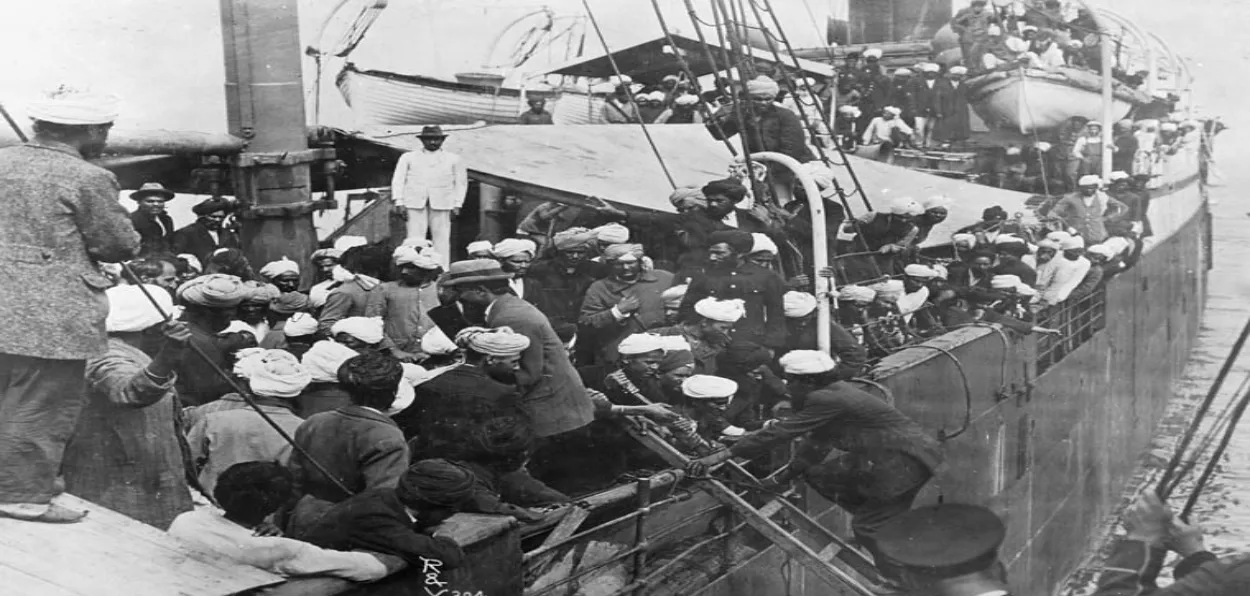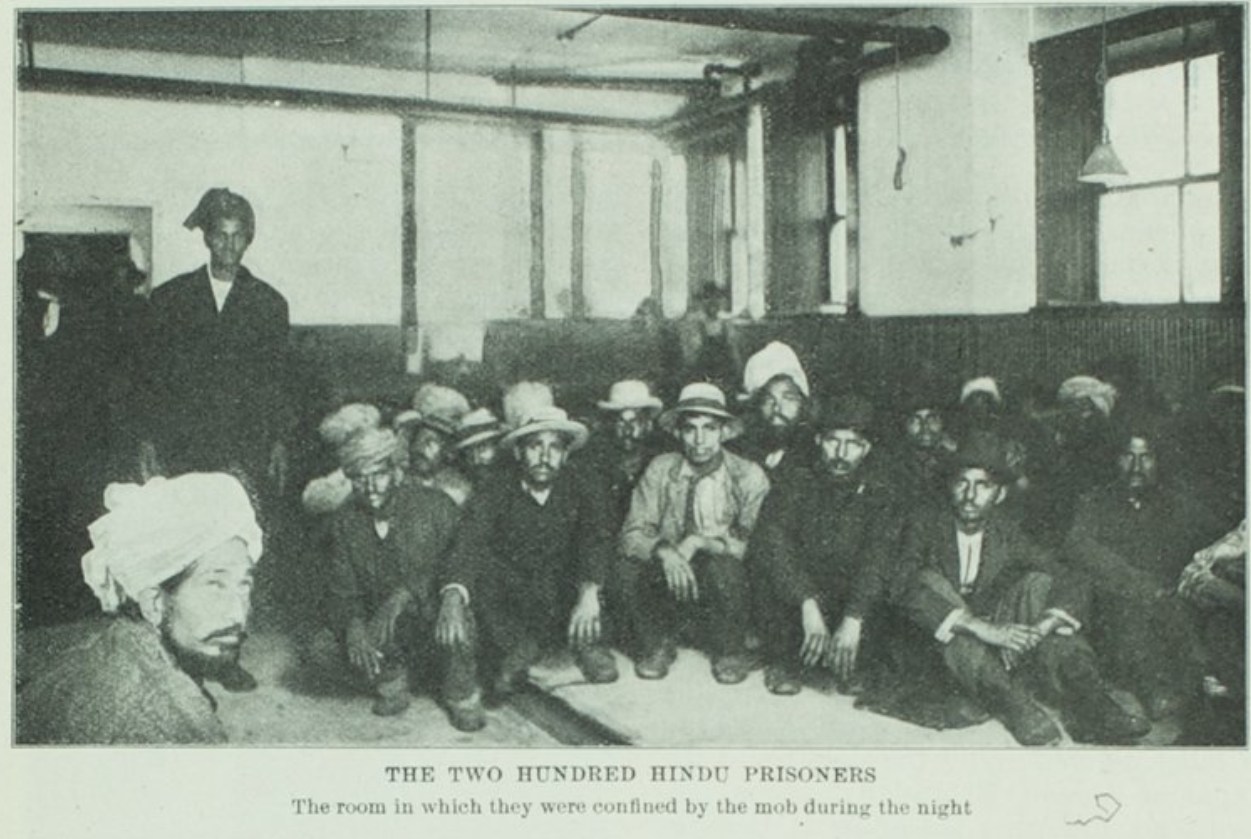
 Saquib Salim
Saquib Salim
“We are sorry, we would if we could, but you (Indians) cannot come in on equal terms with Europeans. We are bound to make our country (Canada) a white man’s country” These words were spoken by Sir Dr. William Osler on 28 May 1914. Osler is one of the greatest doctors Canada has ever produced.
What was Dr Osler's remarks?
In the early 20th century Indians from Punjab started migrating to North America to escape the poverty forced upon them by the British rulers in India. According to a report in Wood-Worker published in 1907, “over 20,00,000 persons have died in the Punjab within the last eighteen months”. The report also noted, “Since the fall of 1901, they had been coming very gradually until on Oct. 1, there were 1486 Hindoos (the word was used for Indians of any religion) in Vancouver”.
The politicians in Canada were not welcoming to Indians and other Asians. 1907 witnessed the formation of the Asiatic Exclusion League to expel all Asians including Indians from Canada. On 7 September 1907, a large mob of Canadians attacked Indian, Japanese, and Chinese colonies in Vancouver. The Indians did not face as many losses as the other Asians had because most of them were Sikhs who had served in the army and fought back the white mob. However, police still arrested the Indian Hindus, Sikhs and Muslims.
In a 1907 article on these anti-Asian riots in Vancouver, Werter Dodd wrote, “True, the Hindu is not a desirable citizen. He is not adaptable; he does not fit in. He is a stranger in a foreign land. He is a poor workman, and he lives in dirt and filth.” He also argued, “Two white men will do as much (work) as three Hindus”. The anti-Indian hate was everywhere.
The government of Canada soon passed laws in 1908 to check the immigration of Indians, making it practically impossible for them. The most wicked of these laws was the Continuous Journey Regulation according to which only those people could enter Canada “come from the country of their birth or citizenship by a continuous journey and or through tickets purchased before leaving the country of their birth or nationality.” The act affected Indians who in those days of ship voyages had to stop in China or Japan, or both, before reaching the North American coast. The Regulation further stated that each person should have 200 Hundred Dollars with them before entering Canada. The amount was too much for the Indians.
The regulation was challenged by Indians in Canada and in 1911 Husain Rahim won himself a right to live in the country. Still, the law barred most of the Indians and their presence in Canada became negligible.
In January 1914, an Indian revolutionary Baba Gurdit Singh, who was a successful businessman in Singapore, chartered a Japanese ship Komagata Maru to sail to Canada. Gurdit aimed to defy an anti-Indian law by breaking it years before Mahatma Gandhi’s more popular Dandi March to break salt laws.
A total of 340 Sikhs, 24 Hindus, and 12 Muslims were on the ship. Many of them were revolutionaries affiliated with the Ghadar Party. On 23 May 1914, the ship reached Burrard Inlet, near Vancouver and it was denied permission to dock. After this Indians in Canada formed committees and fought legal battles to allow these 376 Indians in. Dr. Osler’s comment was five days after Komagata Maru reached Vancouver. He was opposing Indians in Canada, like many of his compatriots.

Indians arrested by Canadian Police
The ship was attacked, faced police action and at last on 23 July 1914 it was returned to India. Only 20 of the passengers were allowed to disembark at Vancouver. The ship reached Calcutta port on 27 September 1914 with 356 Indians.
Most of them were revolutionaries and the British government did not want them either. The Calcutta police fired upon these passengers killing almost 20 persons and arrested others. Gurdit Singh and many others managed to flee.
The incident became a rallying point for the Indian revolutionaries in the USA like Barkatullah or Sohan Singh. It is also considered an important moment when the Indians understood international laws.
The Canadian government apologized for the Komagata Maru incident after more than a century in 2016.
